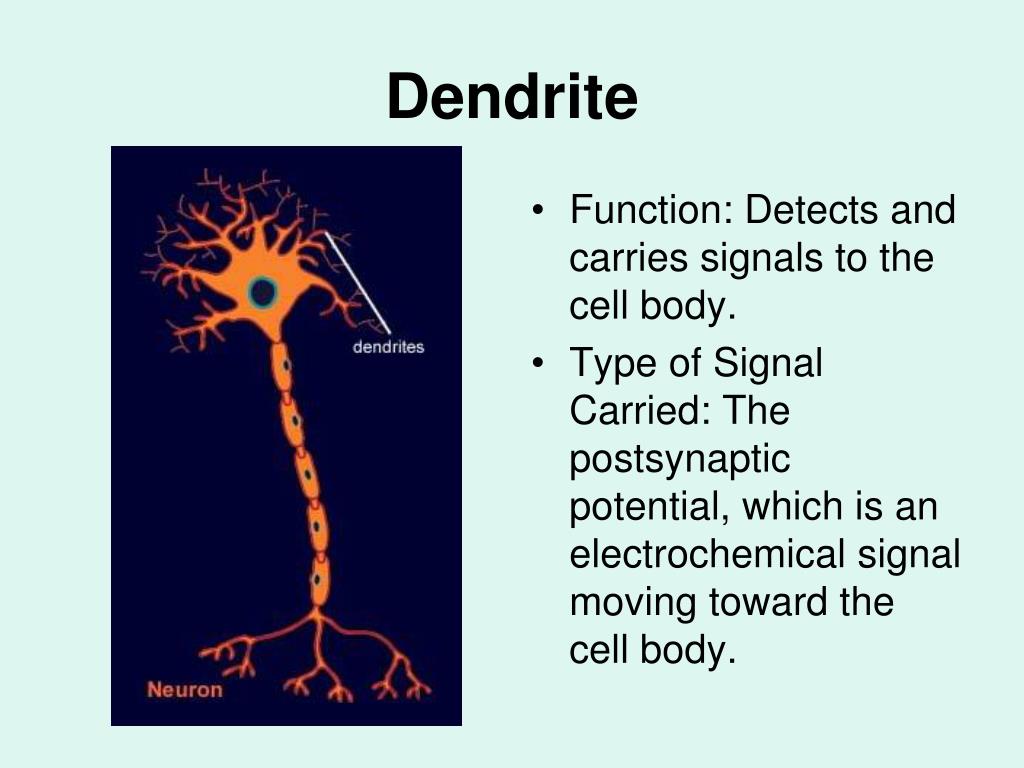

When the cell body of a nerve receives enough signals to trigger it to fire, a portion of the axon nearest the cell body depolarizes - the membrane potential quickly rises and then falls (in about 1,000th of a second). Neurons at rest are more negatively charged than the fluid that surrounds them this is referred to as the membrane potential. Once this threshold is exceeded, the neuron is triggered to send an impulse along its axon - this is called an action potential.Īn action potential is created by the movement of electrically charged atoms (ions) across the axon’s membrane. If a neuron receives a large number of inputs from other neurons, these signals add up until they exceed a particular threshold. Share on Pinterest Neurons carry messages via action potentials. Neurons, sometimes called nerve cells, make up around 10 percent of the brain the rest consists of glial cells and astrocytes that support and nourish neurons. Neurons are considered the basic units of the nervous system. It has been estimated that there are around 86 billion neurons in the brain to reach this huge target, a developing fetus must create around 250,000 neurons per minute.Įach neuron is connected to another 1,000 neurons, creating an incredibly complex network of communication. To do this, it relies on a sophisticated network - neurons. In short, our nervous systems detect what is going on around us and inside of us they decide how we should act, alter the state of internal organs (heart rate changes, for instance), and allows us to think about and remember what is going on. In this article, we explain what neurons are and how they work.

Using electrical and chemical signals, they help coordinate all of the necessary functions of life. Neurons are responsible for carrying information throughout the human body.


 0 kommentar(er)
0 kommentar(er)
